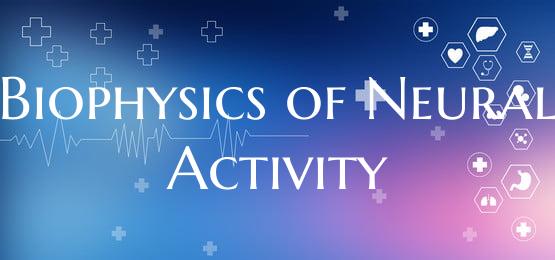
Biophysics of Neural Activity
The field of biophysics delves into the study of how physical principles and techniques can be applied to understand the workings of biological systems, including the complex processes underlying neural activity in the brain. The biophysics of neural activity explores the physical mechanisms that govern the generation, propagation, and modulation of electrical signals within neurons, as well as the interactions between neurons that underlie information processing in the brain.
At the core of neural activity is the generation and propagation of action potentials, which are brief electrical impulses that allow neurons to communicate with each other. These action potentials are produced through the coordinated opening and closing of ion channels in the neuron's cell membrane, causing changes in the membrane potential that propagate along the length of the neuron.
The biophysics of neural activity also encompasses the study of synaptic transmission, which involves the release of neurotransmitters from one neuron and their binding to receptors on another neuron. This process influences the strength and efficacy of communication between neurons, shaping neural networks and underpinning cognitive functions such as learning and memory.
Moreover, biophysical techniques such as electrophysiology, imaging, and computational modeling play a crucial role in the study of neural activity. Electrophysiological methods, including patch-clamp recording and multi-electrode arrays, allow researchers to measure the electrical activity of neurons with high temporal and spatial resolution. Imaging techniques such as calcium imaging and voltage-sensitive dyes provide insights into the dynamics of neural circuits in living brain tissue. Computational models help to simulate and interpret the intricate biophysical processes underlying neural activity, aiding in the development of hypotheses and the design of experiments.
By unraveling the biophysics of neural activity, scientists aim to gain a deeper understanding of brain function and dysfunction, with implications for the treatment of neurological disorders and the development of neural technologies. This interdisciplinary field continues to advance our knowledge of how the physical properties of neurons and their interactions give rise to the complex phenomena of cognition, perception, and behavior.